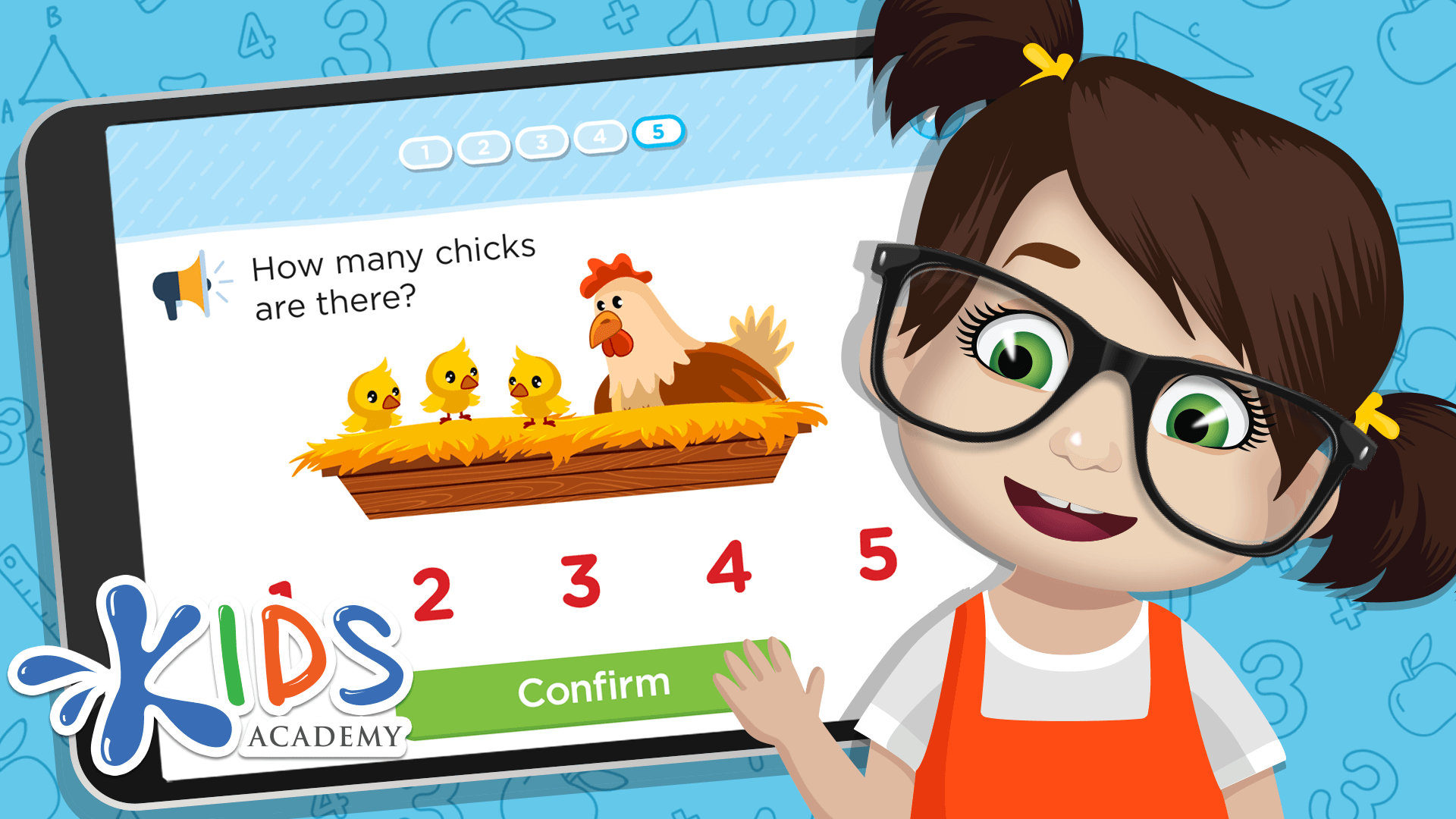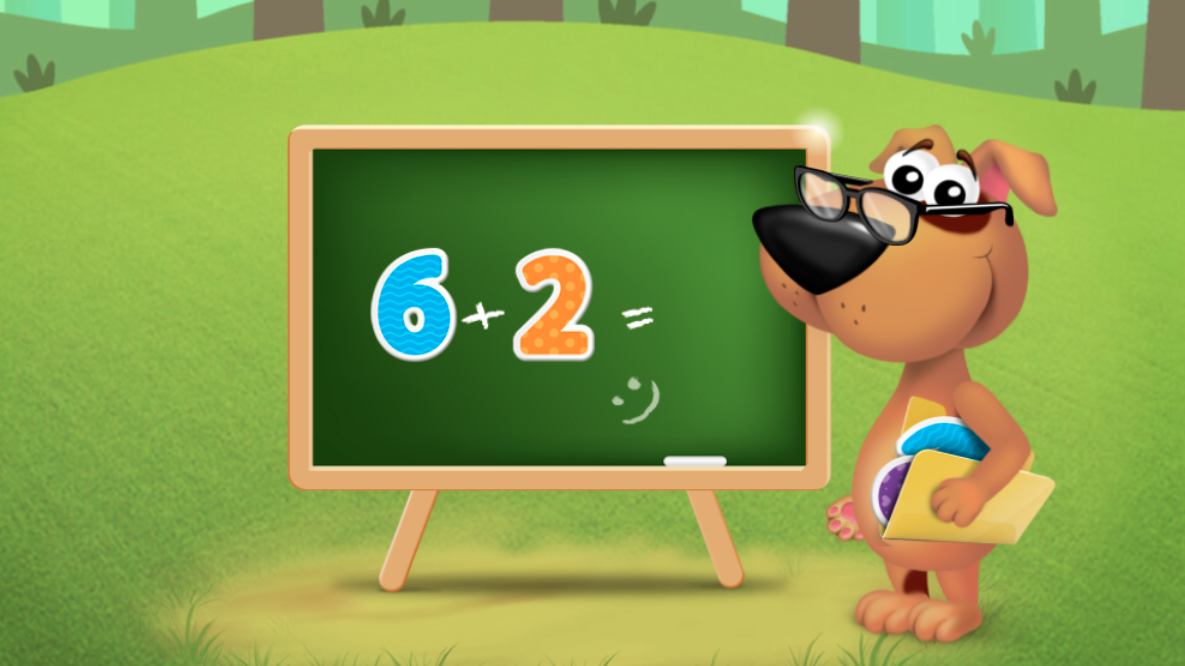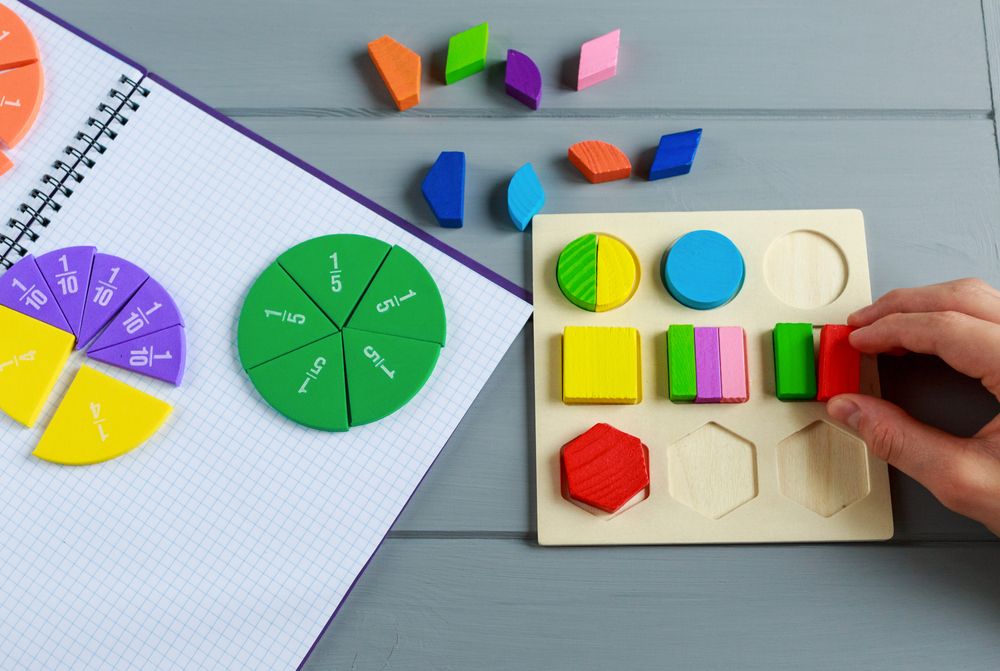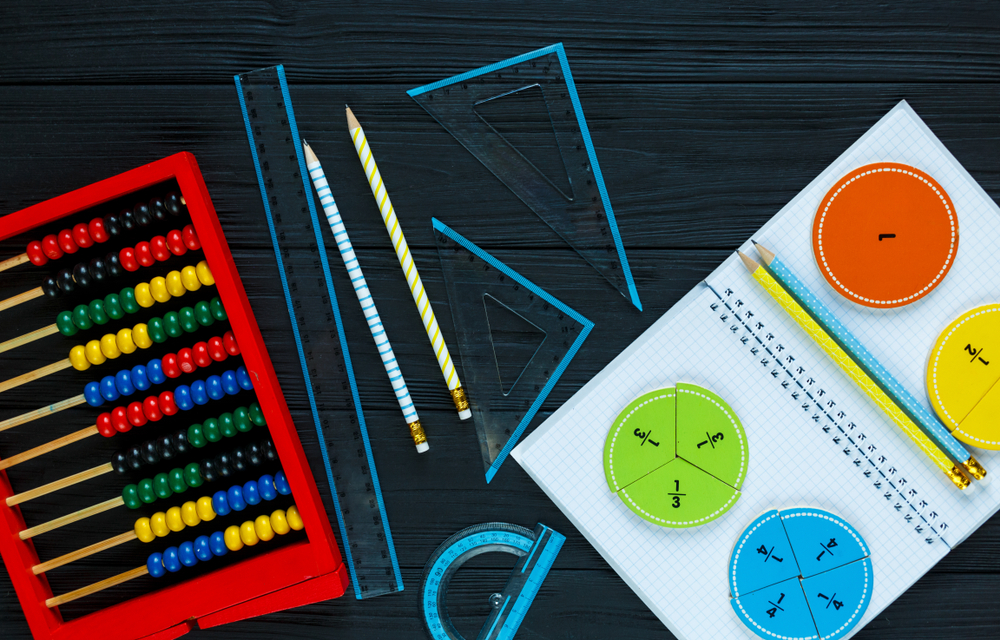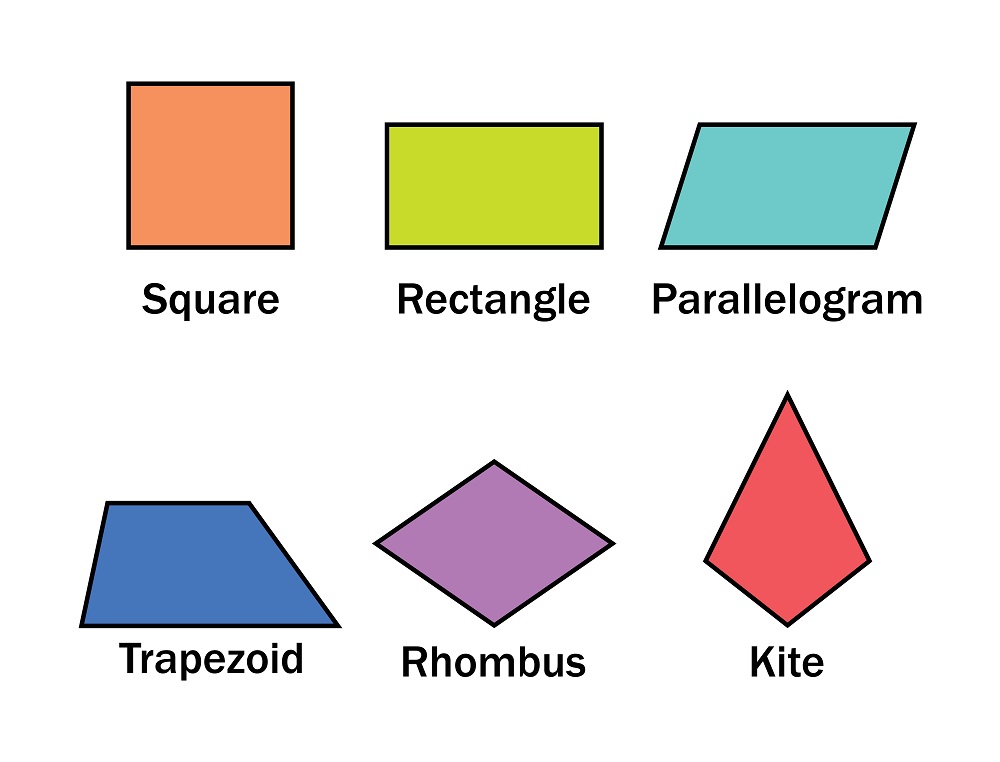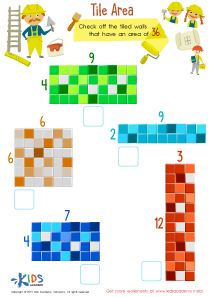Understanding patterns Normal Numbers Worksheets for Ages 3-6
3 filtered results
-
From - To
Discover the intriguing world of numbers with our "Understanding Patterns: Normal Numbers Worksheets for Ages 3-6" at Kids Academy. These engaging worksheets are expertly designed to introduce young learners to number patterns, helping to develop their cognitive skills and number sense. Bright, colorful activities capture children's attention, making learning fun while they identify and complete patterns. Perfect for preschoolers and kindergarteners, these worksheets not only enhance pattern recognition but also foster early mathematical thinking in a playful way. Sign up now to support your child's educational journey and build a strong foundation in math!
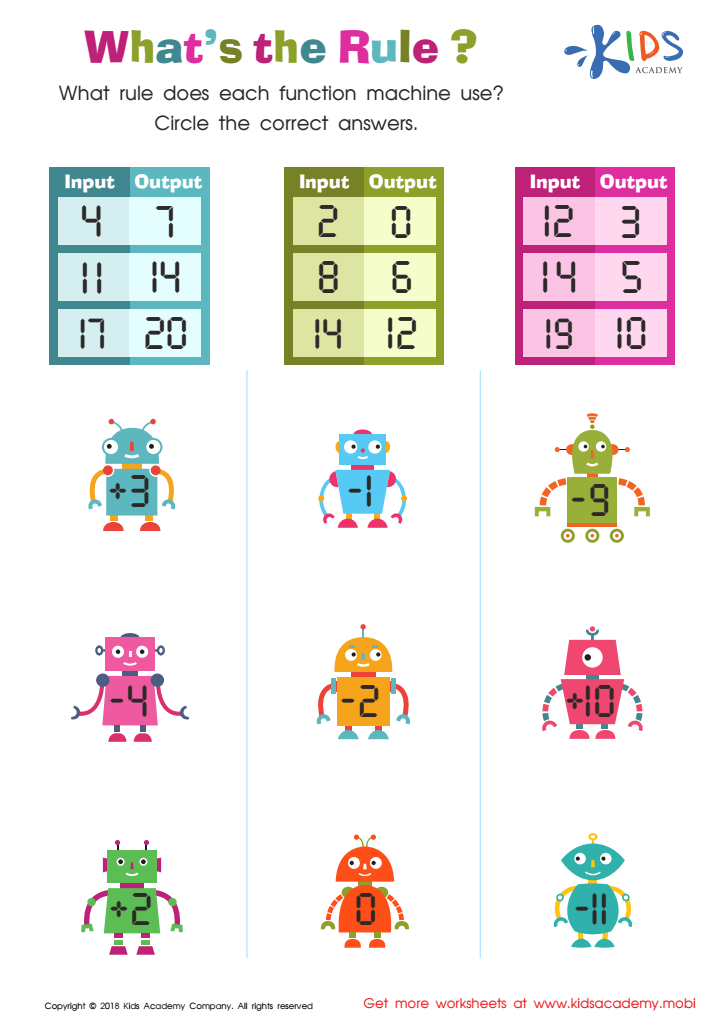

What's the Rule Worksheet
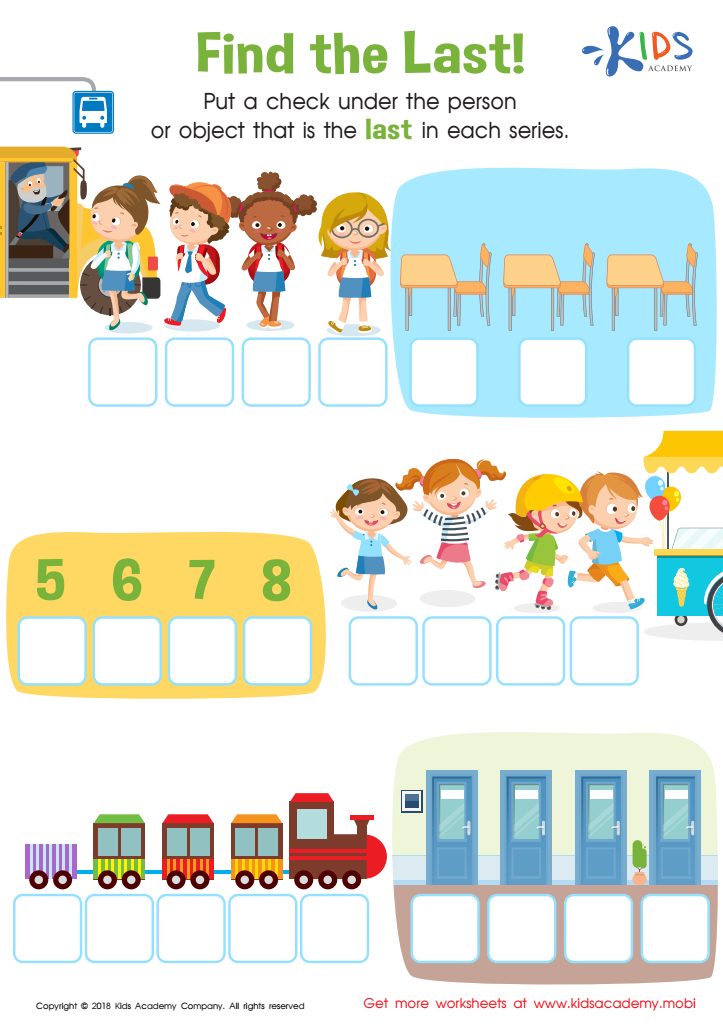

Find the Last! Worksheet


Boomerang Addition Worksheet
Understanding patterns and numbers from an early age, particularly between ages 3-6, is crucial for children’s cognitive and academic development. Patterns lay the foundation for important mathematical concepts, aiding young learners in recognizing order and predictability within their environment. When children explore and identify patterns, such as alternating colors or shapes, they develop essential problem-solving and critical-thinking skills. These foundational experiences help children later understand more advanced mathematical operations, such as addition, multiplication and sequences.
Furthermore, early proficiency in recognizing numbers fosters numerical literacy. Grasping the idea of numbers, counting objects, and understanding their sequence reinforces children's capabilities in essential life skills such as telling time, measuring quantities, and following instructions. Integrating these skills through playful activities also sparks curiosity and a love for learning, making education a more positive and enjoyable experience.
Engaging children in pattern and number activities doesn't only build basic math competence but also enhances their confidence in other academic areas. Teachers and parents investing time in such activities provide children with a structured way of thinking that will support them throughout their education and everyday life. Early math skills are strong predictors of future academic success, making it critical to foster these abilities from the start.
 Assign to My Students
Assign to My Students




